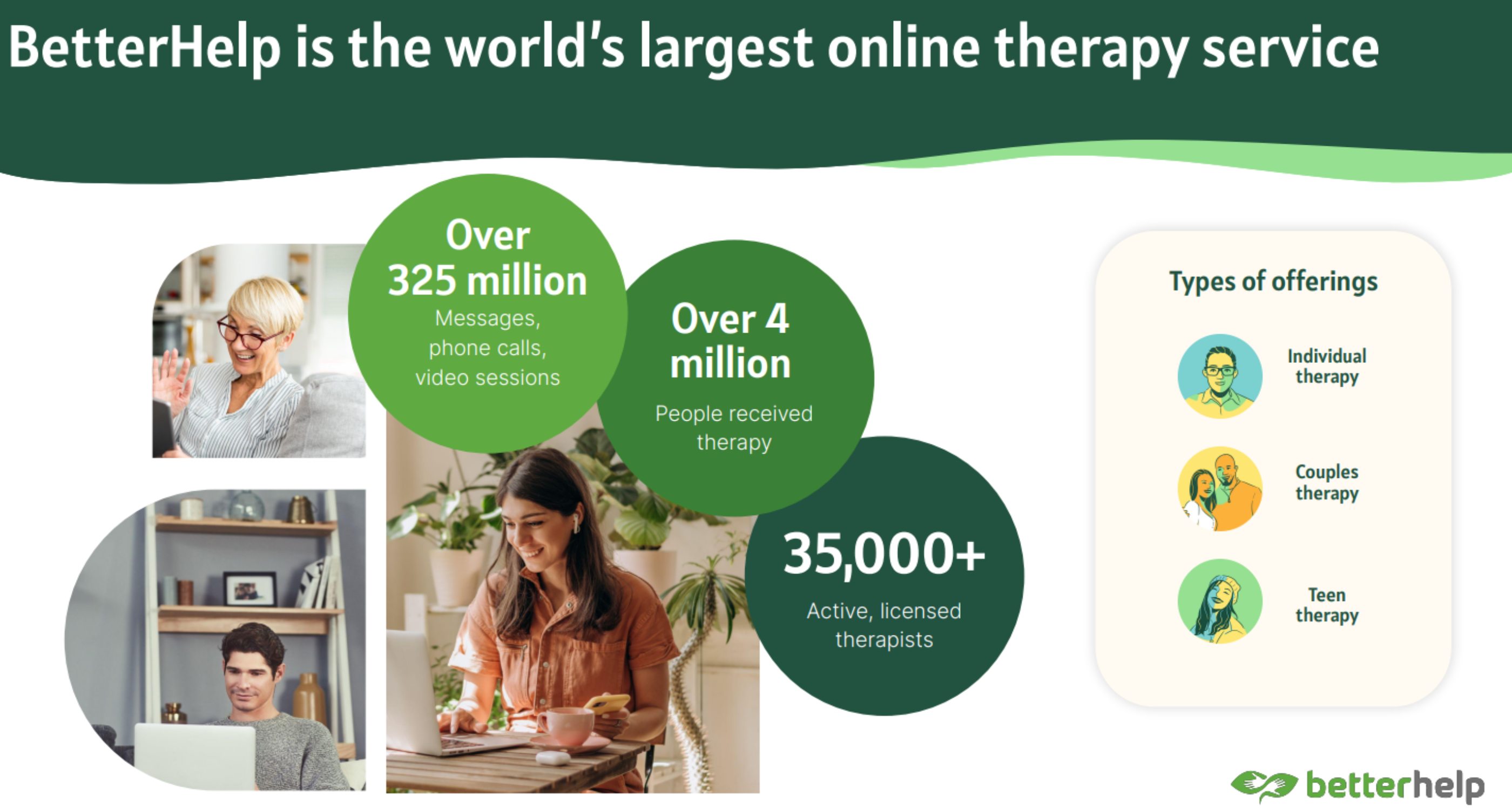This Is Why You Can’t Set Boundaries (And How to Start)
Do you find yourself saying yes when you want to say no?
Boundaries. Staying in uncomfortable situations to avoid disappointing others? Feeling resentful afterward but unable to change the pattern? If setting boundaries feels nearly impossible despite knowing you need them, there’s a deeper reason for this struggle—and it lives in your body, not just your mind.
Setting boundaries activates our deepest fears about connection.
When you attempt to set boundaries after a lifetime of accommodating others, your throat might tighten, your voice might become barely audible, or your stomach might clench with anxiety. These physical responses often connect to early moments when expressing needs led to rejection or being labeled “difficult” or “selfish.”
Think about the messages you received about your needs as a child.
Were you praised for being “easy” or “low-maintenance”? Did you learn that keeping others happy was your responsibility? These lessons become embodied—literally stored in your nervous system as patterns of tension and release that activate automatically when you consider setting a limit.
Your difficulty with boundaries might manifest in work situations.
Unable to say no to additional projects despite being overwhelmed. When practicing boundary statements, your voice might literally drop to a whisper—your body remembering that asserting yourself once meant risking disconnection from love or approval. Or perhaps you agree to plans you don’t want to participate in, then cancel at the last minute—creating more problems than a simple “no” would have. These indirect approaches often develop when direct communication of needs wasn’t welcomed in your family.

Healing Exercise #1: Boundary Body Scan
-
Before responding to a request, take 60 seconds to scan your body.
-
Place one hand on your heart and one on your belly.
-
Breathe deeply and ask yourself: “How does a ‘yes’ feel in my body right now? How does a ‘no’ feel?”
-
Notice sensations without judgment. Tightness, heaviness, or constriction often signal a boundary needs setting. Openness, expansiveness, or warmth often accompany authentic yeses. Let your body wisdom guide your response.
Vulnerability – When You Fear Being Vulnerable, Here’s What to Do
Healing Exercise #2: The Boundary Script Practice
Many struggle with boundaries because they lack language. Prepare these phrases and practice them daily, ideally speaking them aloud:
-
“I need to think about that and get back to you.”
-
“That doesn’t work for me, but here’s what I can offer…”
-
“I care about you AND I need to honor my own needs too.”
-
“I understand you’re disappointed, and my decision remains the same.”
Notice any physical resistance as you practice—tightness in your throat, butterflies in your stomach. Stay with these sensations, reminding yourself they’re temporary.

Healing Exercise #3: Start with Objects, Not People
For those with severe boundary difficulties, begin with physical objects. Practice saying no when someone asks to borrow your favorite pen, use your phone, or take the parking spot you were waiting for. These seemingly small moments build your boundary muscle for bigger situations. After each practice, note how your body feels—both the initial discomfort and the eventual release that follows standing up for yourself.
The most powerful boundaries aren’t rigid walls but permeable membranes—strong enough to protect your essential needs while flexible enough to allow genuine connection. You don’t need to choose between being a pushover or completely unavailable. Try setting time boundaries (“I’ll help with this project between 2-3pm”) rather than simply saying yes or no. This nuanced approach honors both your needs and your values around connection.
Your physical posture directly affects boundary-setting capacity.
Before difficult conversations, try this:
-
Stand with your feet shoulder-width apart, feeling the ground beneath you.
-
Roll your shoulders back and down.
-
Take three deep breaths into your belly.
This stance activates your parasympathetic nervous system, reducing the fight-flight-freeze response that often undermines boundary attempts.
Remember that other people’s responses to your boundaries belong to them, not you.
When you finally tell someone no—perhaps declining a holiday invitation or refusing an unreasonable request—they might respond with tears or accusations. Instead of immediately backtracking as you would have before, acknowledge your discomfort (“My chest feels tight, my impulse is to give in”) while maintaining your position. With time, most relationships adjust, and many actually deepen through this honesty.
Be gentle with yourself in this process.
Boundary-setting is a practice, not a perfect performance. Each wobbly attempt builds strength for the next one. Your early attempts may feel messy and inconsistent. Yet even these imperfect boundaries begin shifting dynamics. The people around you might not always like your boundaries, but they’ll likely respect you more—and surprisingly, you’ll respect yourself more too.

Keywords: Licensed therapist near me in Manhattan NYC, Affordable therapy services in New York State, Holistic psychotherapy sessions in NYC, Somatic Experiencing therapy for trauma recovery in New York City, NARM therapy in Brooklyn, Licensed couples therapy in Manhattan, Gestalt therapy near me in NYC, Marriage counseling in Queens NYC, Therapy for anxiety treatment in NYC, Experienced psychotherapist in New York, Licensed psychotherapist near me in NYC, Somatic Experiencing therapy sessions in New York, Trauma therapy and counseling in Manhattan, Gestalt therapy sessions in New York City, Therapy sessions for emotional regulation in New York, Trauma therapy near me in Brooklyn New York, Licensed mental health therapist in Manhattan NYC, Depression therapy in New York, New York City therapist experienced in PTSD treatment
Contact us: Feel and Heal Therapy Office
For companies: Creative Manager
Why You Push People Away When You Need Them Most






